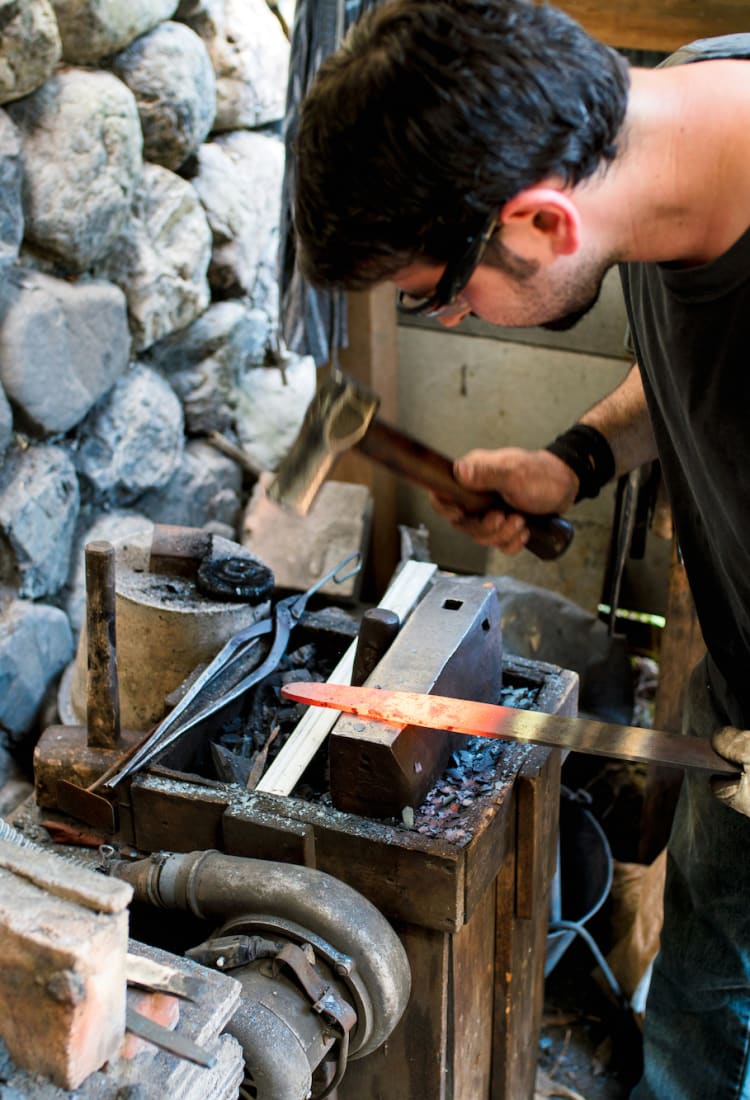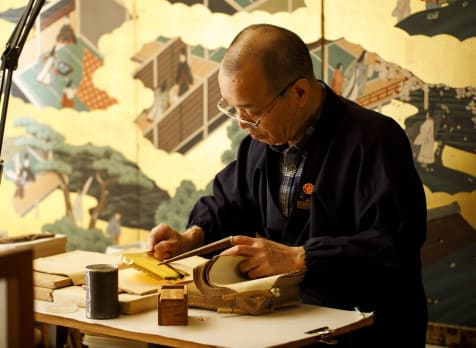A few hours of spare time, a richer stay in Japan
Japan is home to a wide range of traditional crafts. Local artisans often specialize in a particular artform, pass down their knowledge from generation to generation, and take pride in continuously perfecting their skills. You can see some of these crafts up close and personal at the distinguished National Crafts Museum in Kanazawa. This museum regularly hosts volunteer-led Touch&Talk tours, where guests can touch and gain an understanding of the tools used by the craftsmen and the works they create.
There are many other ways to learn about Japan's traditional crafts and you can even try your hand at making your own. You can take the opportunity to learn directly from masters and professional artisans and get acquainted with traditional values deeply rooted in Japanese culture and society.
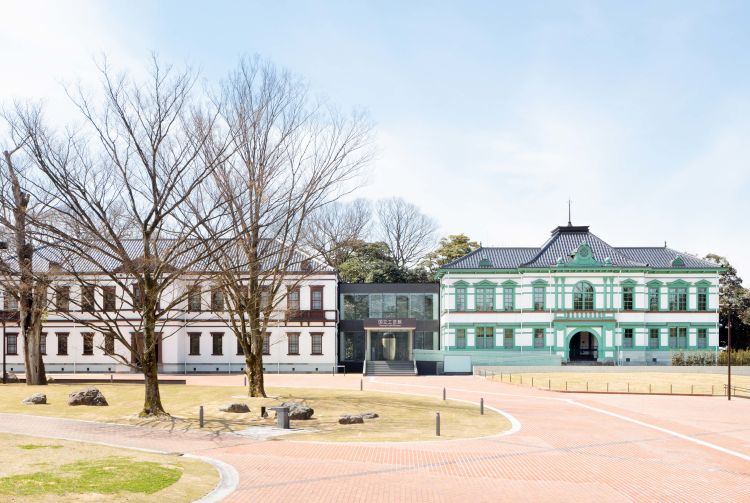
Sword-making
Japanese swords are world famous, and sword-making is highly celebrated for their fine craftsmanship.
In the town of Seki in Gifu, where the Mino-style of sword-making was founded, you can visit the Seki Swordsmith Museum that is just a few minutes' walk from the station. Besides excellent displays showcasing everything you ever wanted to know about sword-making, you can also watch the smiths at work on designated days. This is a thrilling experience, where sparks fly and the sound of heavy hammers pounding the metal echoes throughout the building.
Another place where you can learn about the secrets of Japanese sword-making is the Bizen Osafune Sword Museum in Okayama, which regularly hosts special events and offers the opportunity to talk directly to master artisans, each specializing in specific parts of the sword. There are also other sword-making experiences in places like Shimanto River, Nagano, and Kyoto that you can take part in.
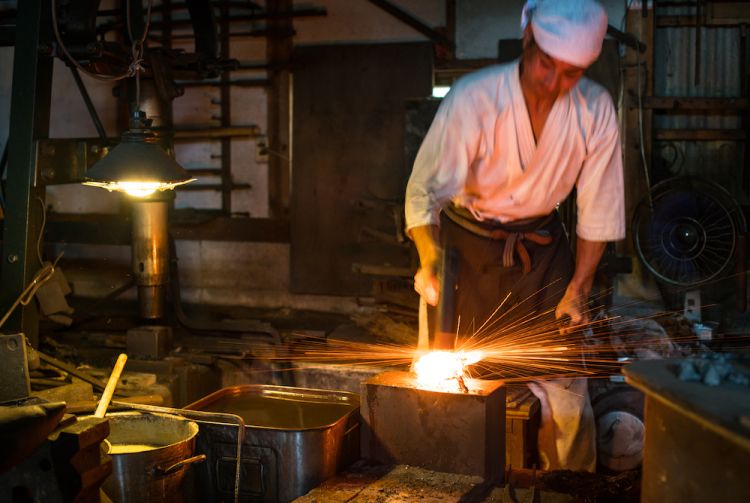
Taiko Drumming
Taiko drums are used at many different events, from theater performances to religious ceremonies, but they are probably best known for their prominent role at festivals throughout the country. Energetic drummers pound huge ceremonial taiko in a captivating show that spellbinds the audience.
In Hamamatsu of Shizuoka, just about 90 minutes from Tokyo and 40 minutes from Nagoya by shinkansen, you can have a go at making your very own taiko drum that you can bring home with you as a souvenir. A skillful craftsperson will guide you through the steps of choosing your own small drum and adding the final touches, such as a leather cover and decorative handles.
Ceramics
Japanese ceramics are famous for their beauty and high quality. Many regions of Japan have developed their own unique styles, where the character of their ceramics is determined by local techniques and the composition of the clay found in their particular areas.
Okinawa's pottery is known as yachimun. A great place to shop for this style of ceramics is at the charming street Yachimun-dori, which is centrally located in the lively city of Naha. One of the shops here also offers pottery-making classes , where you can create your own simple pieces.
Ishikawa is known for its many traditional crafts. Among them is Kutani Ware Porcelain, a type of porcelain that stands out with its vibrant colors and striking patterns. In the hot spring area of Kaga Onsen in the southern part of Ishikawa, an experienced potter will guide you through the process of creating your own unique piece of Kutani Ware Porcelain, which will then be shipped to your home address for you to treasure forever.
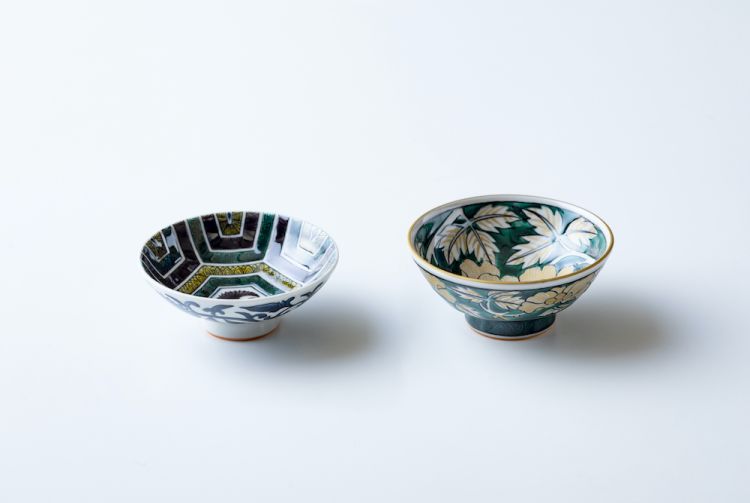
Bizen-yaki is a special type of ceramics deriving from Okayama, where straw is used to create distinctive patterns on the unglazed surface. This type of ceramics is said to enhance the taste of both water and alcohol. On the first floor of Okayama's iconic castle, you can try your hand at creating your own bizen-yaki from scratch.
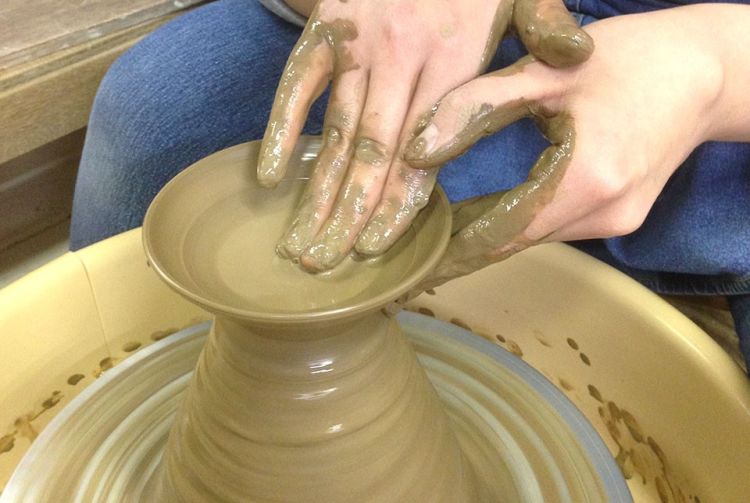
Fabric dyeing
From the intricate patterns associated with Kanazawa's Kaga Yuzen technique to Okinawa's vibrant and playful designs , each region of Japan has its own customs for fabric dyeing, which are usually used for kimono and other traditional clothing.
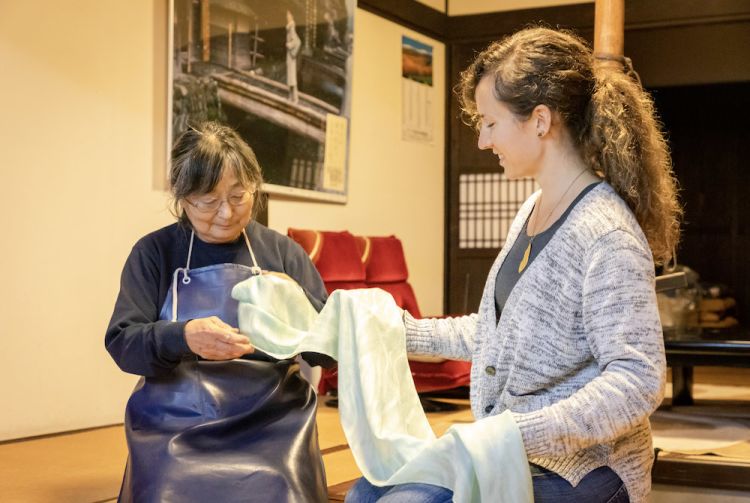
One particularly well-known method is Japanese indigo dyeing . Many places offer the opportunity to transform an otherwise dull handkerchief or t-shirt into a small work of art, boasting stunningly beautiful blue hues using this technique.
Indigo dyeing can be experienced in many parts of Japan. In particular, the production of the raw material is particularly large in Tokushima, where you can experience it at various workshops.
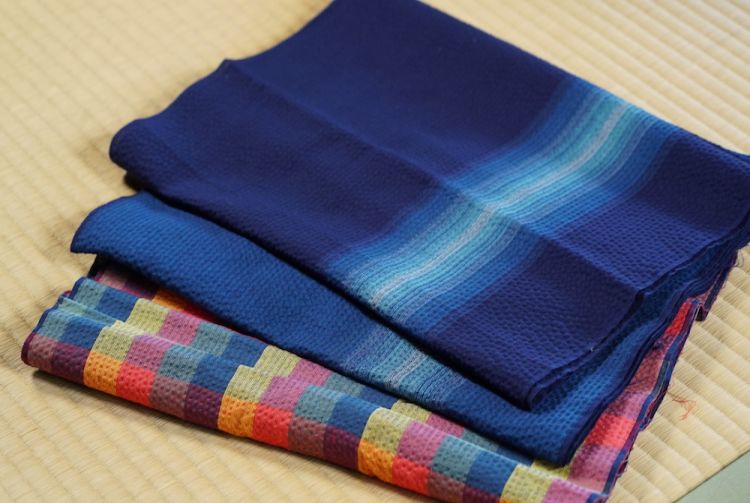
Another unique experience is the opportunity to create your own tairyo-bata, a large colorful flag decorated with kanji characters and images of sea creatures. These were originally used by fishermen to signal a particularly bountiful catch.
Daruma
Daruma are round figurines with no arms or legs, and they are usually made from papier mache. Daruma are purchased around New Year's and often sold with both eyes blank. In this case, the new owner will draw a pupil on the daruma's left eye while envisioning a personal goal or wish and ask the daruma for help to accomplish it. Once the wish is granted, the owner will thank the daruma by drawing in the right pupil as well, hence restoring its sight completely.
Daruma are typically produced in Takasaki-shi, Gunma, where visitors can experience making your own Daruma.
Gold Leaf Craft
Kanazawa in Ishikawa is the capital of Japanese gold leaf craftsmanship , also known as kinpaku, which has been used to decorate famous shrines and temples like Kyoto's Kinkakuji Temple and Toshogu Shrine in Nikko. Working with this delicate material, which is only 1/10,000th of a millimeter in thickness, is a truly amazing form of art. Many gold leaf shops throughout Kanazawa offer the opportunity to decorate your own shimmery piece.

















































